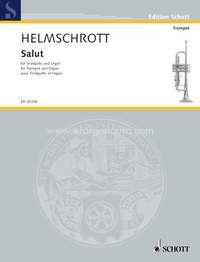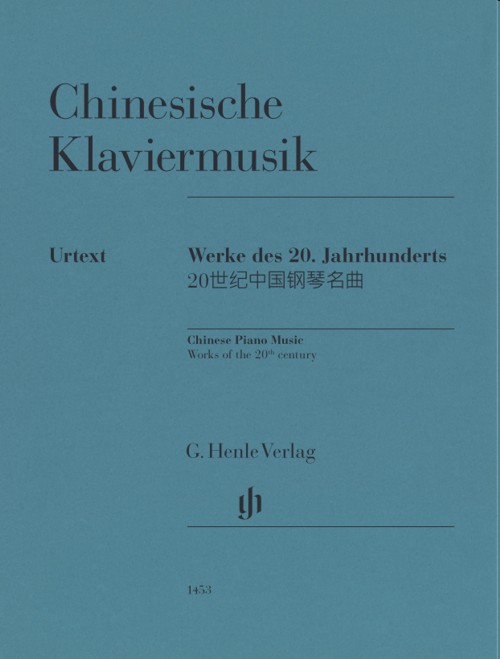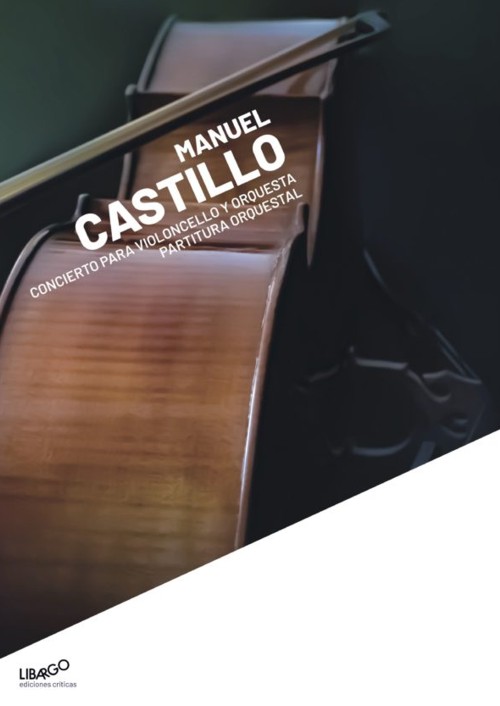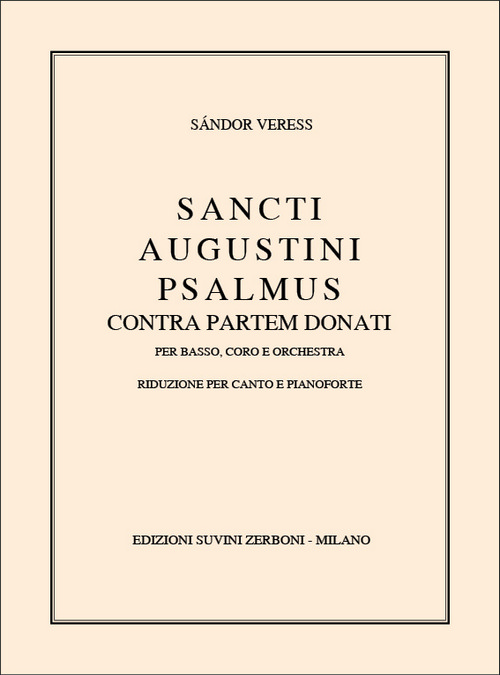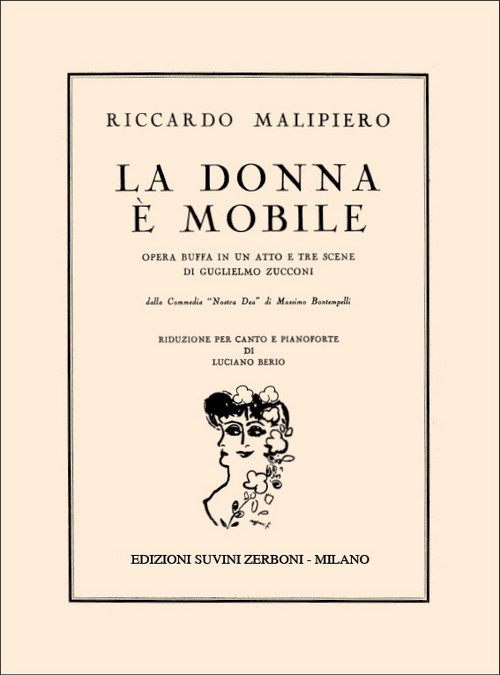
Hagia Sophia, Poème symphonique, organ
Helmschrott, Robert M.
Schott Musik International. 2012Instrumento:
- Tecla / Órgano / Órgano sólo teclado /
Ficha técnica
- EAN: 9790001176552
- ISBN: 979-0-001-17655-2
- Código del editor: ED 21078
- Editorial: Schott Musik International
- Fecha de edición: 2012
- Encuadernación: Rústica
- Nº páginas: 48
Impresión bajo demanda
Disponibilidad sujeta a la información del editorPVP. 28,90€
Añadir a la Lista de deseos
Hagia Sophia, Poème symphonique
Used as a place of worship for centuries, first by Christians and then by Muslims (from 1453), the Hagia Sophia (Istanbul) still amazes people from all over the world. Since 1934, it is a museum - but more than that, the Hagia Sophia, a unique architectural work of monumental proportions in Christian Antiquity and the Middle Ages, is described as a mystical place. Monumental, yet mysterious, a 'miracle of space', a symbol, a sign. 'Sophia', the holy wisdom, accompanies us through the whole Bible history.The present music has to be regarded against this background: A reflection, contemplation with music and poetry. The Creation is powerful, but the truth about it is powerful as well. And the realization that the path to truth is reached through wisdom. As a consequence, this piece has to cross the powerful for half its duration, monumental. It is the cupola over all following (observing) verses (sections). From bar 371, the path leads back into the powerful, into the rejoicing (bar 406). It must not be forgotten to mention the suggestion of 'singing in a mosque' (bar 510) which is answered by a simple prayer (bar 511). This is reminiscent of the mosaic above the imperial door of the building portraying Jesus Christ sitting on a jewelled throne. He holds an open book in which one can read 'Peace be with you. I am the light of the world'.The line and sound of Hagia Sophia are based on a symmetrical eight-note row (mode B) with the notes B, C sharp, D, E/F, G, A flat (G sharp), B flat (A sharp). Although the major-minor relations are removed, harmonic connections (colours) emerge nevertheless.


